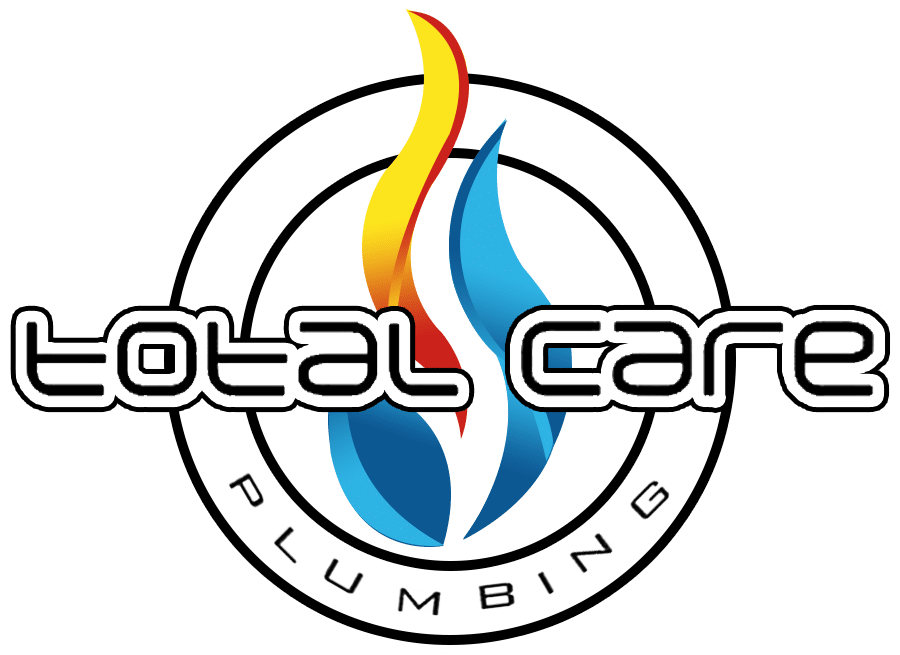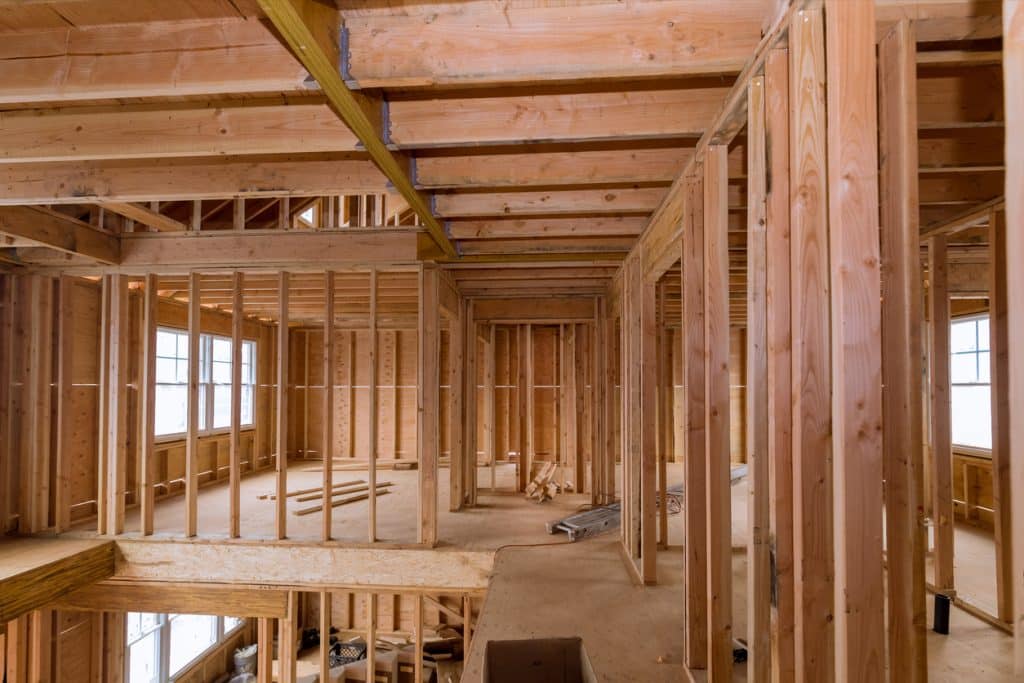It’s not uncommon for homes in North Dakota to have high levels of radon. Radon is a naturally occurring gas that can be harmful in concentrated amounts. The good news is that radon can be safely removed from a home. The process of setting up a radon mitigation system is quick and fairly straightforward.
What Is Radon?
If you’re trying to understand how radon mitigation works, you’ll first need some background information about radon. As mentioned, it’s a gas that’s naturally found in many regions, including Grand Forks. When a home is built in Grand Forks, the air pressure inside the home would probably be lower than the pressure outside the home, so radon can be drawn in through openings and tiny cracks in your foundation. The pressure differential acts kind of like a vacuum.
Unfortunately, radon can potentially cause problems with your lungs. The government has determined that radon levels above 4 pico curies per liter (pCi/L) pose a health risk and need to be addressed. Some people choose to pursue radon mitigation even if their levels are less than that threshold.
How Is Radon Removed?
There are a few main types of radon mitigation that we use. Perhaps the most common is called active subslab suction. This system is sometimes called subslab depressurization. With this method, a suction pipe is inserted into the floor slab, either from inside or right outside the home, and that pipe goes into the crushed rock or soil beneath the home. The pipe is connected to a radon vent fan that lets it draw radon from below the home. The pipe then sends that radon into the outdoor air.
Remember that radon poses a health hazard when it’s concentrated; in the outdoor air, its levels are so low that you don’t need to worry. Some homes may need more than one pipe, but usually, a single pipe is sufficient. At Total Care Plumbing, we often place these in the corners or sides of basements.
The system just mentioned above is an active system. If the pipe does not come with a fan, then it would be a passive system. A passive system would rely on upward flowing air; the goal would be that the radon would naturally flow up the pipe and outdoors. Passive systems are more often seen in new construction in our area, but if testing reveals that they’re not bringing down radon levels to safe levels, then it’s recommended to switch to an active system. At Total Care Plumbing, we can help you with that transition or with any system installation or repair services.
Contact Us
Radon can be present in your home, potentially posing a risk to your health. Fortunately, it can easily be mitigated by a professional team, like the one at Total Care Plumbing. Call us for an appointment.






